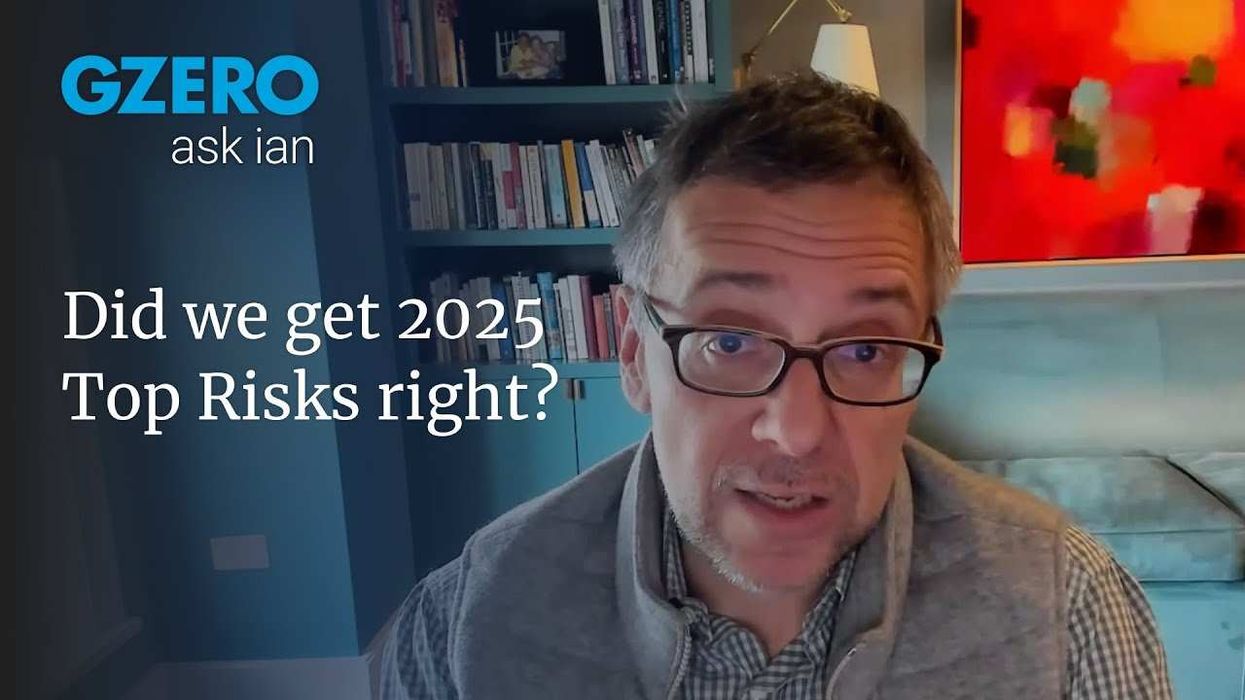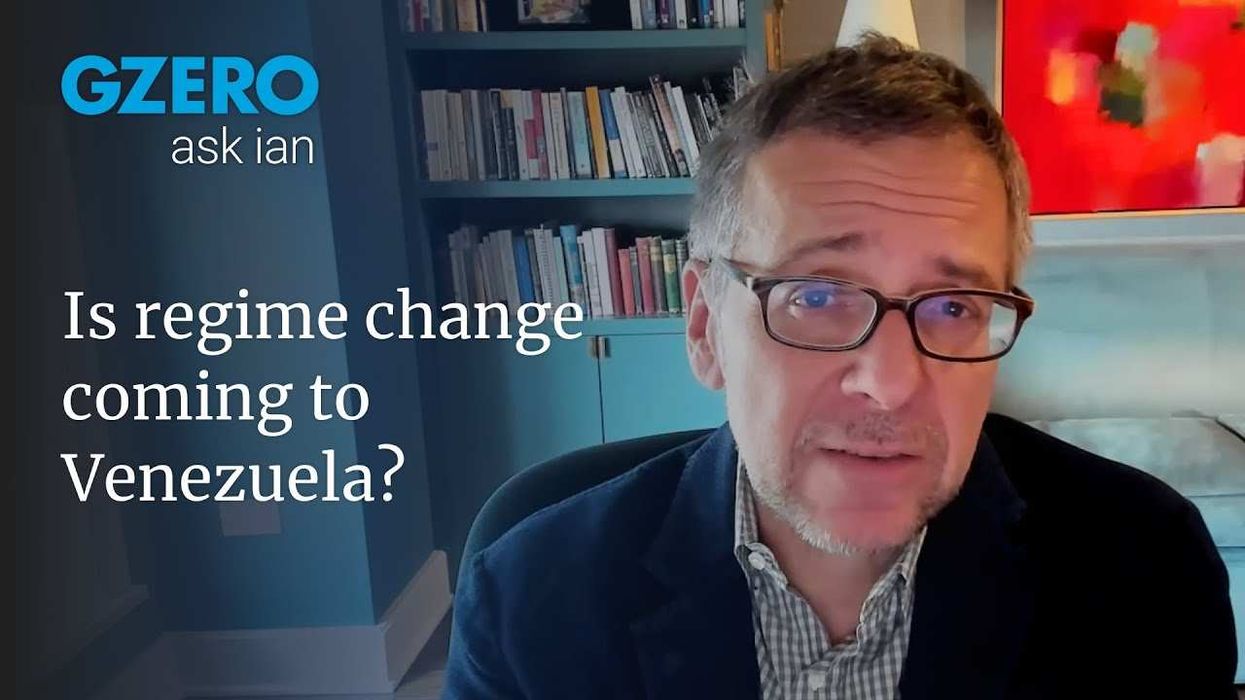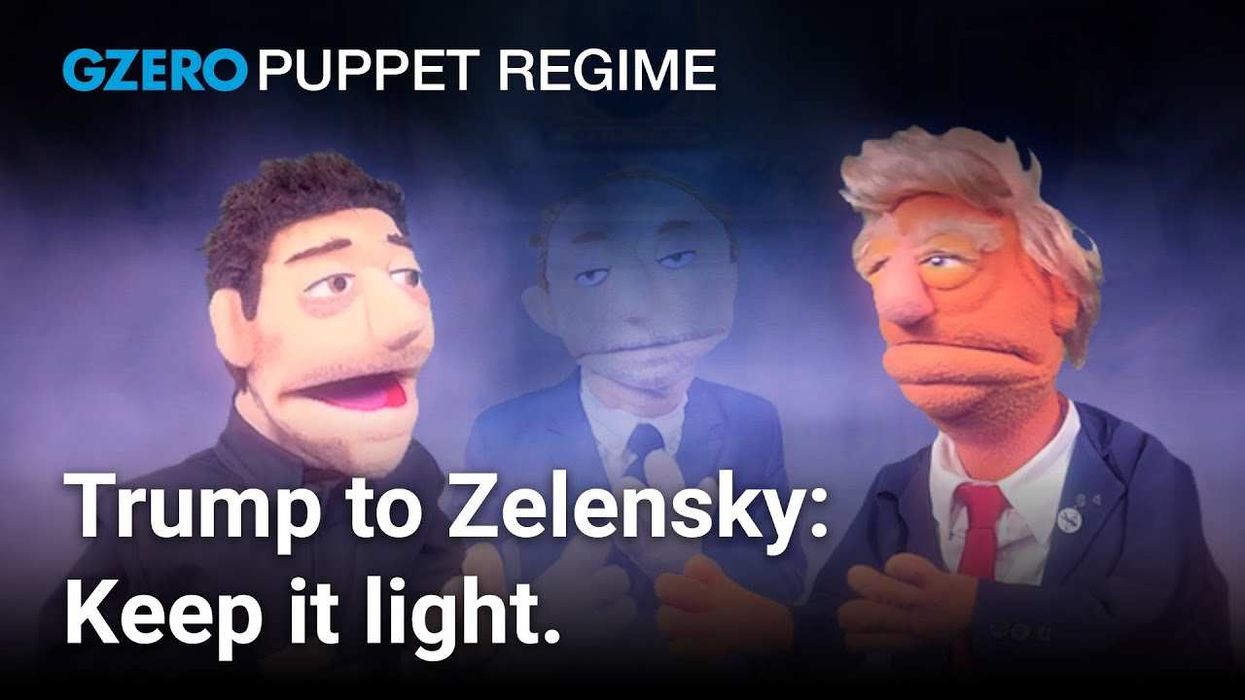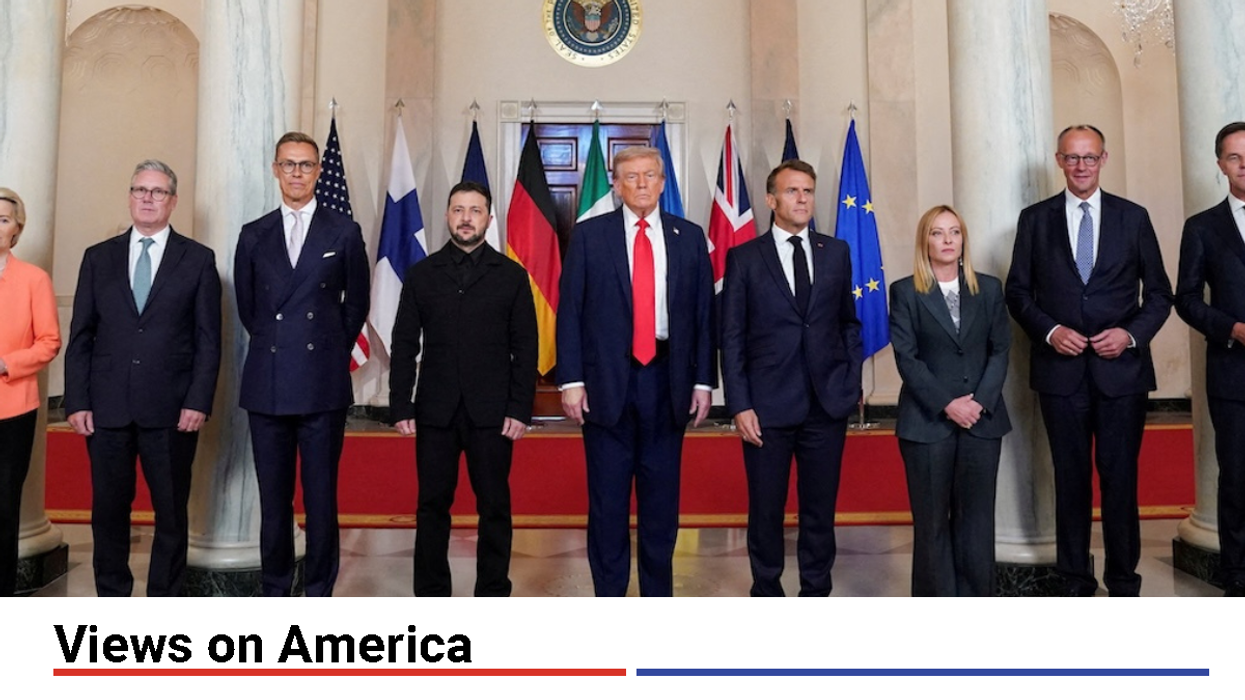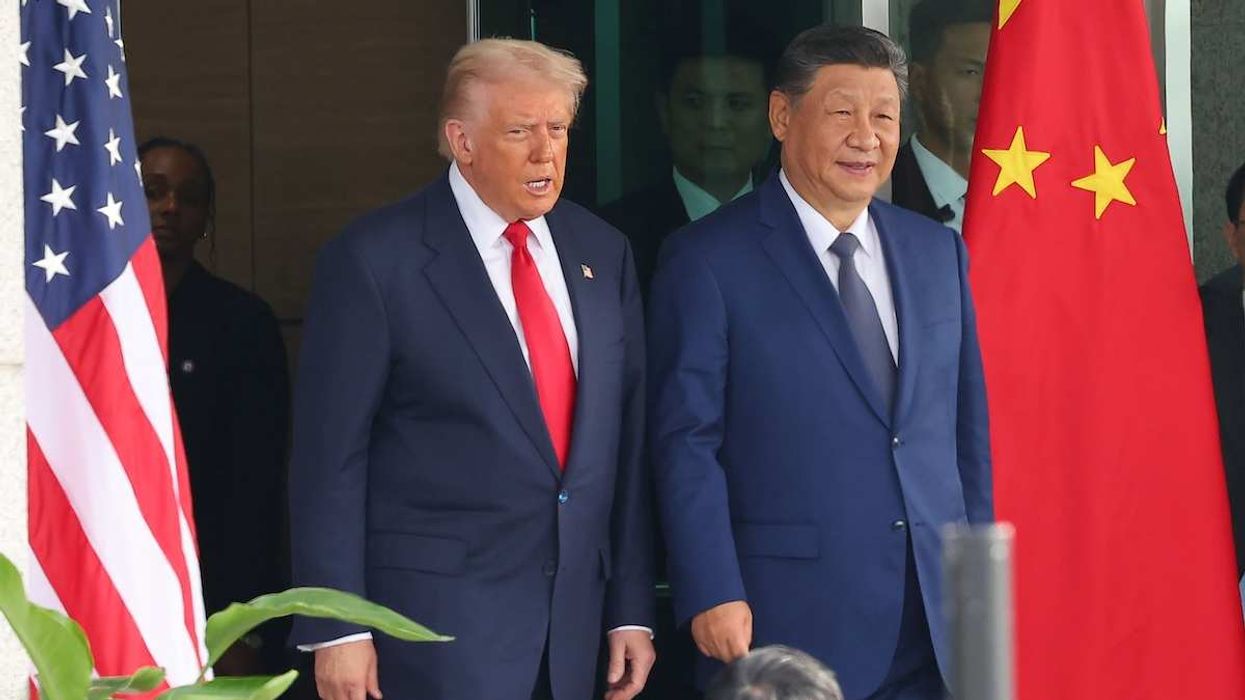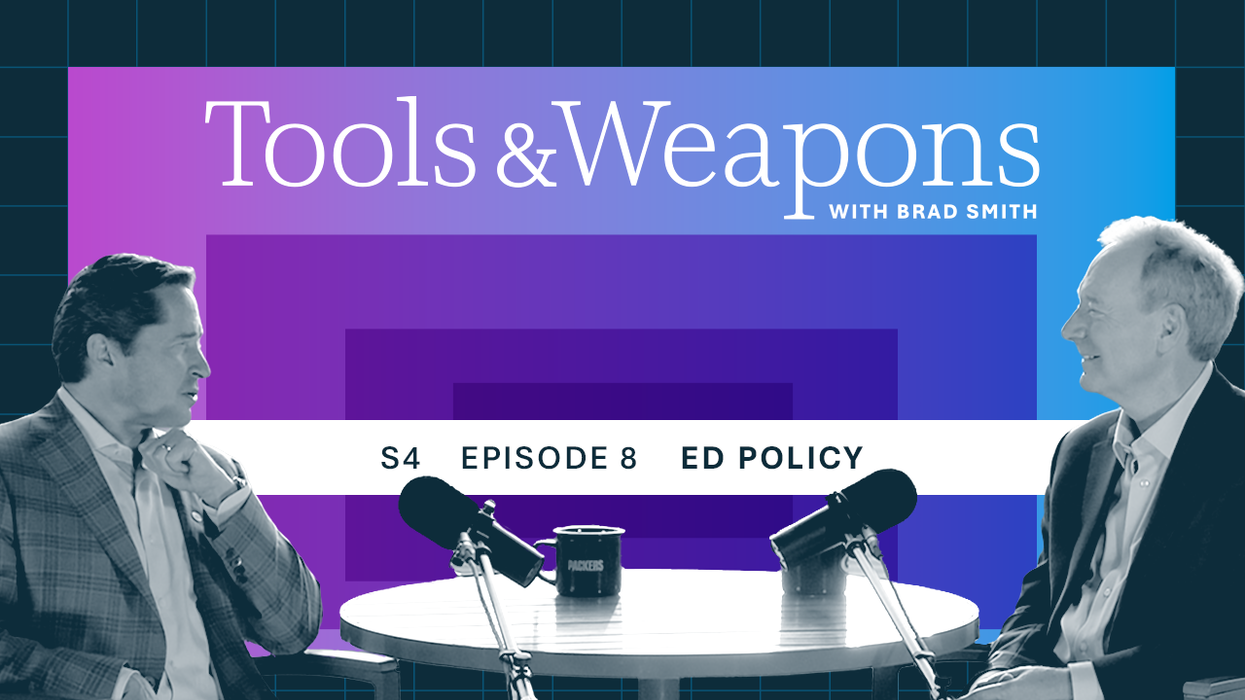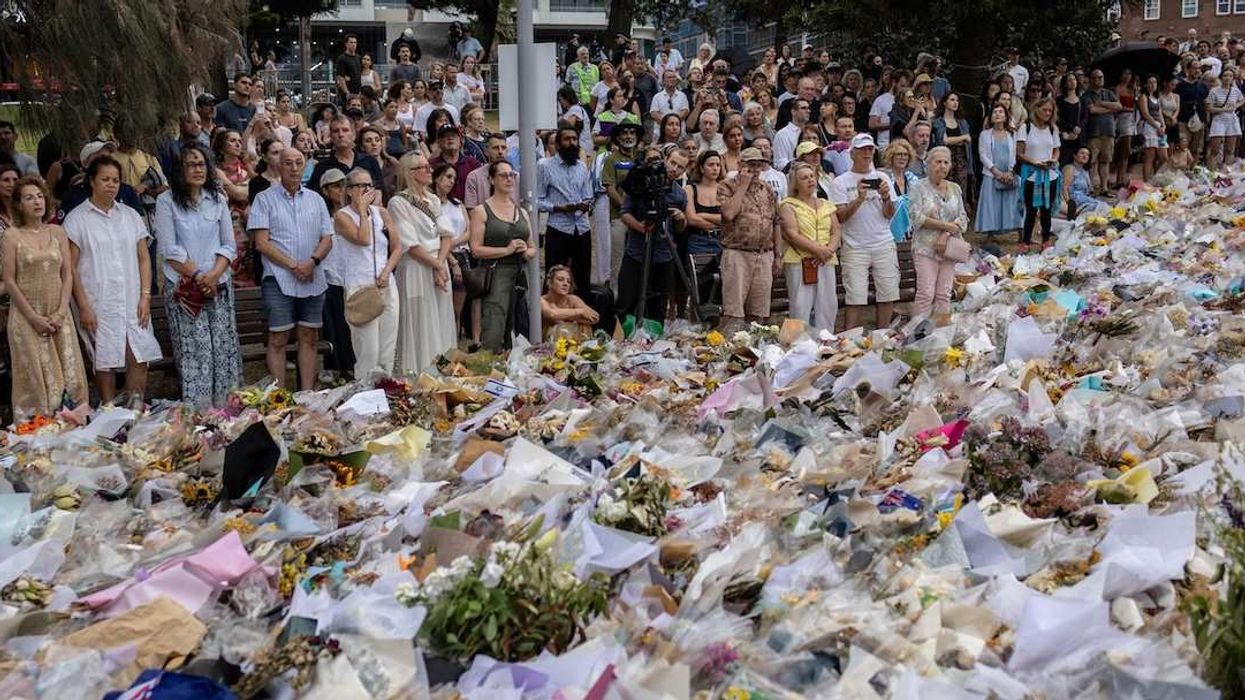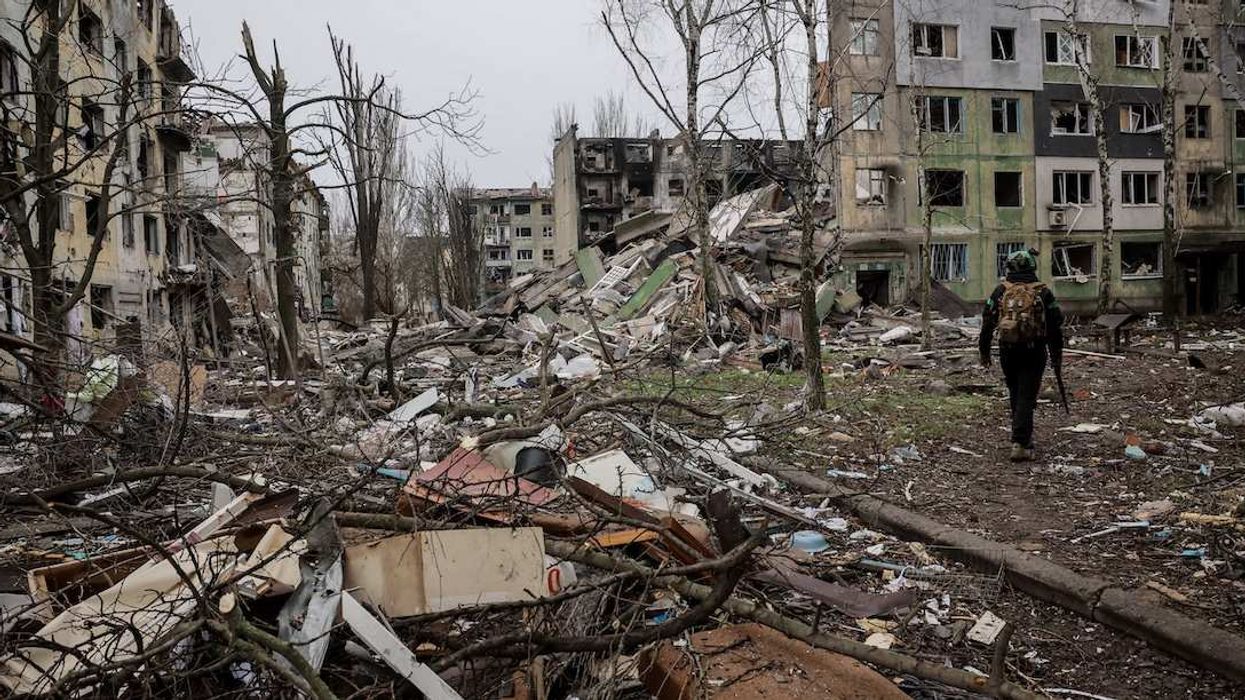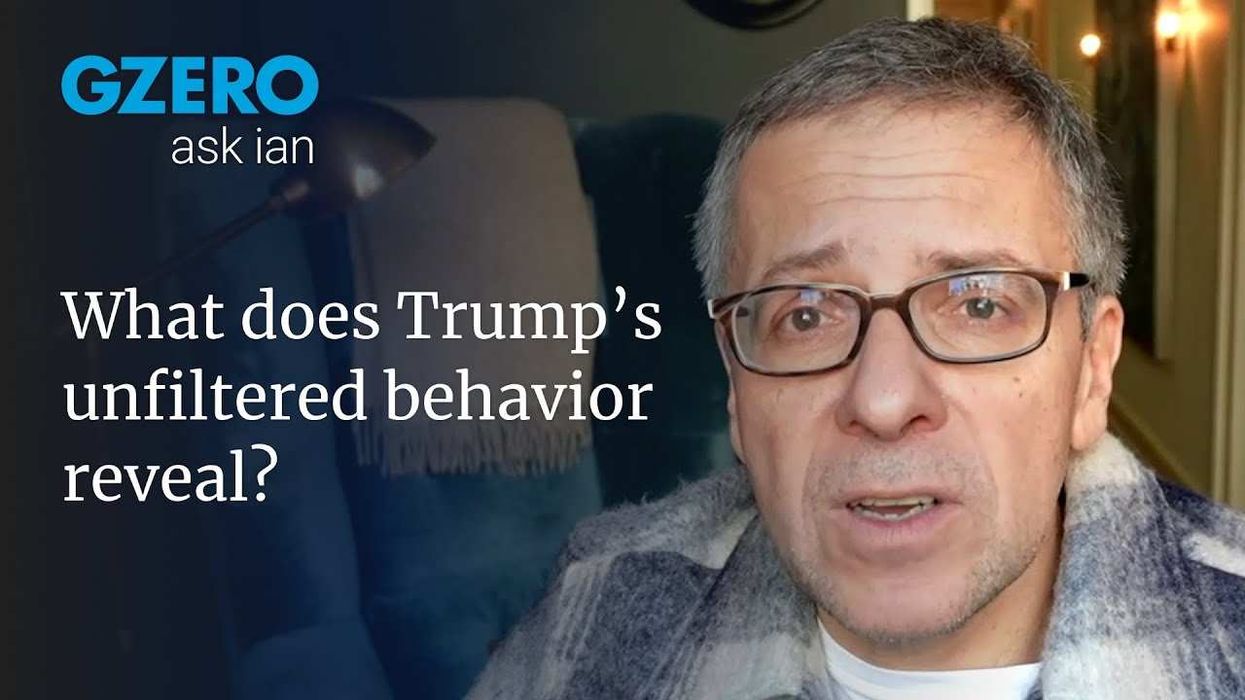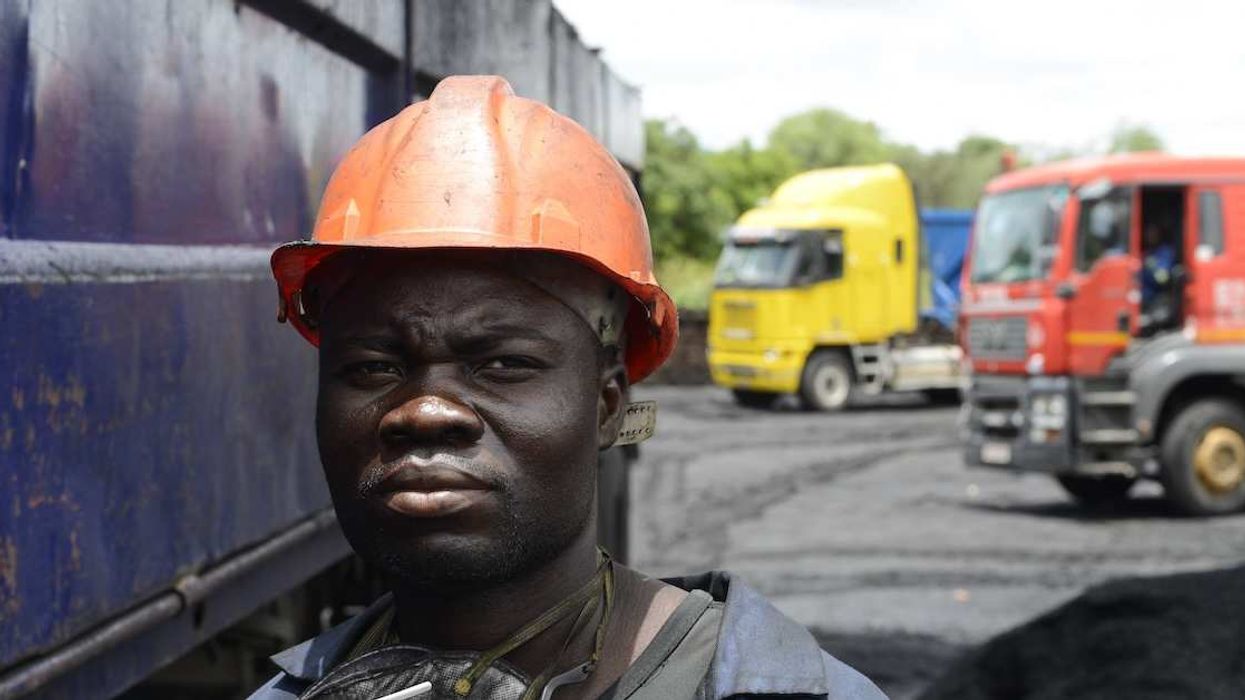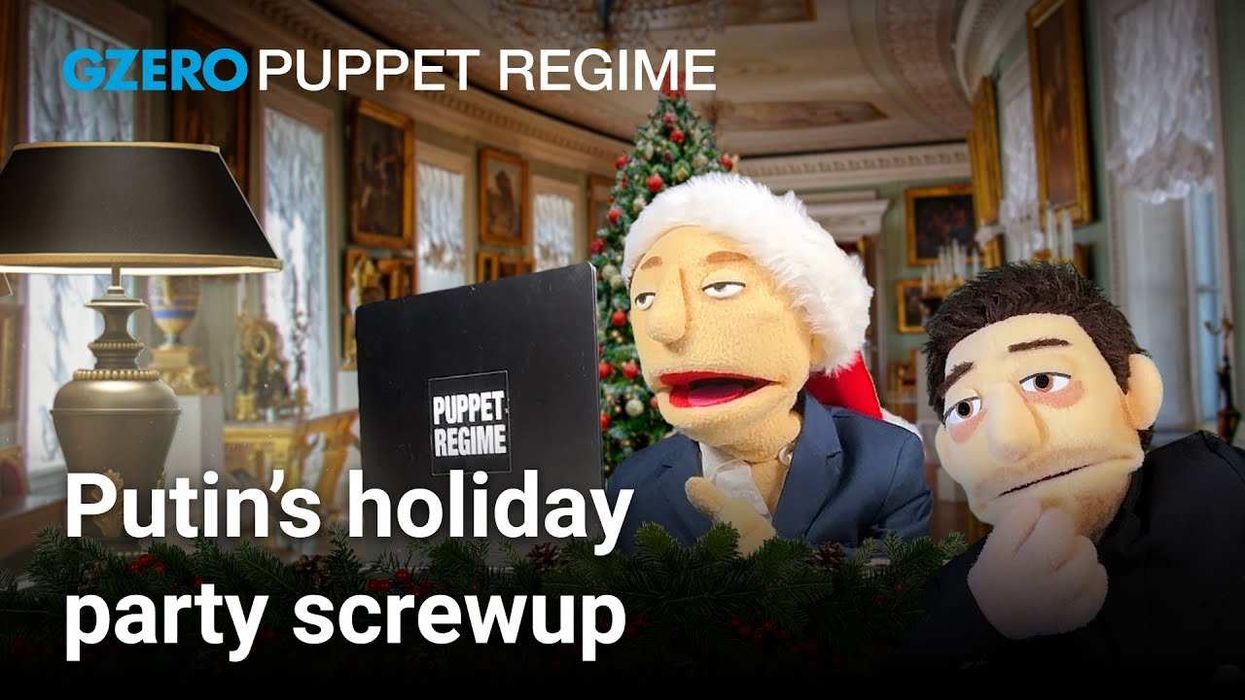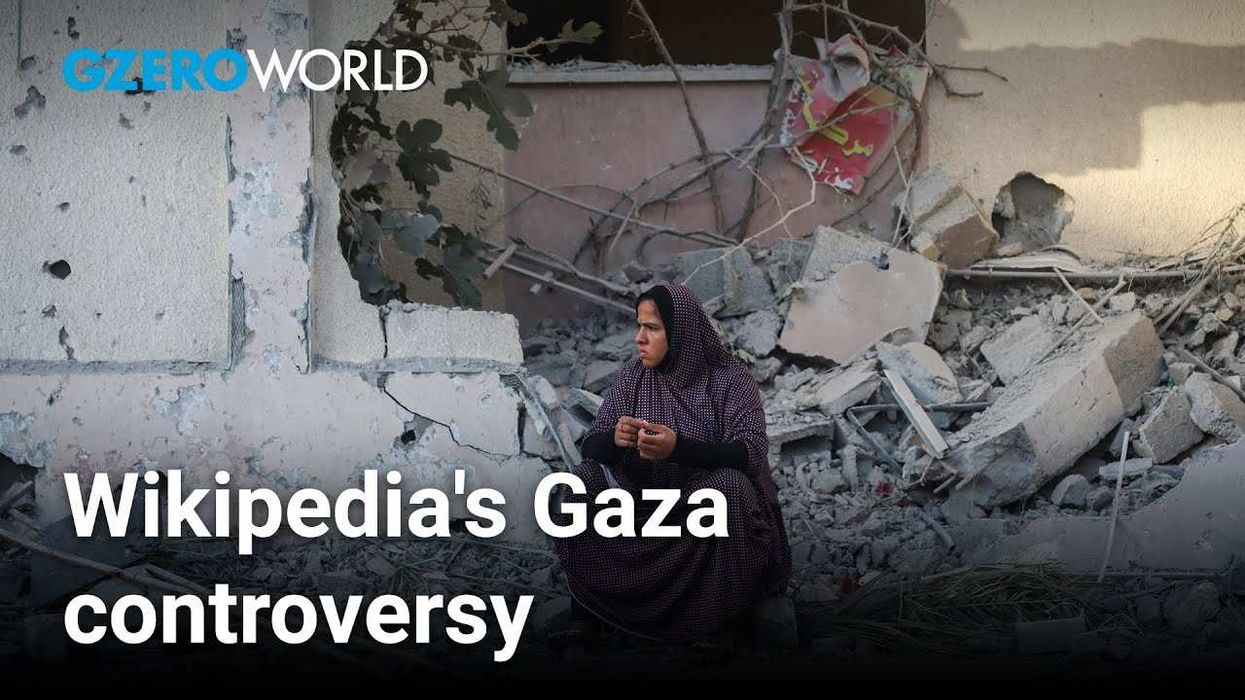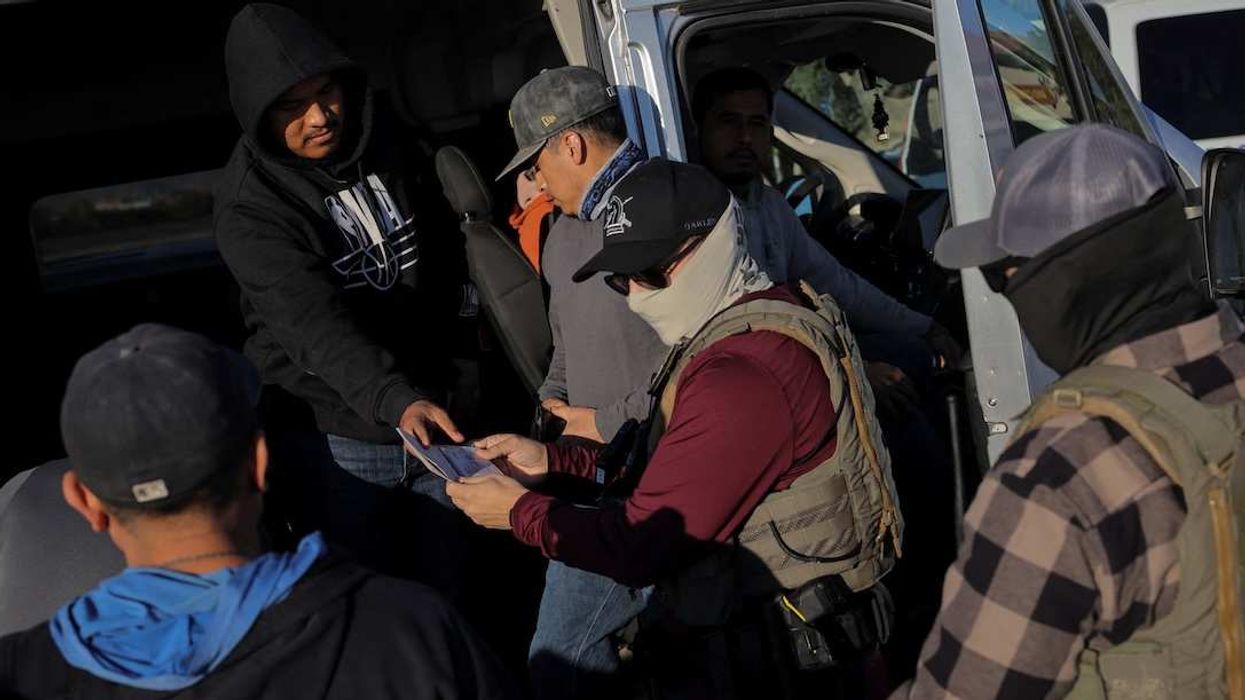Eighty years ago this week, the US dropped atomic bombs on the Japanese cities of Hiroshima and Nagasaki, killing more than 200,000 people, mostly civilians. It was the first and, so far, only use of nuclear weapons in war.
In Japan, remembrance ceremonies honor the victims and amplify the calls for peace from the hibakusha, the Japanese term for the 100,000 remaining survivors of the attacks.
In the US, by contrast, there is no official federal government commemoration. Former President Barack Obama remains the only sitting US leader to visit the Hiroshima Peace Memorial Ceremony. President Donald Trump and Vice President JD Vance declined invitations to attend this year’s ceremony. The US public has mixed views on the bombings – 35% of Americans believe they were justified in order to bring a swift end to the Pacific phase of World War II, 31% say they were not, and the rest are unsure.
But after the war, the US and Japan moved, slowly and often uneasily, towards one of the strongest bilateral partnerships in the world. After Japan’s surrender in 1945, the US occupied the country, rewriting its constitution, demilitarizing its forces, and rebuilding its economy to keep it from falling under Soviet influence. The Cold War transformed former enemies into partners: Japan hosted US military bases, while Washington extended security guarantees under the 1951 US-Japan Security Treaty.
In recent years, that alliance has taken on renewed urgency. Faced with the increasing assertiveness of its longtime regional rival China, Tokyo has begun to edge away from strict pacifism toward what Eurasia Group’s Japan Director David Boling calls “a more realistic approach to defense.” In 2022, Japan announced a $287.1 billion re-militarization strategy over five years, doubling its defence budget to about 2% of GDP. In 2025, it passed a record-breaking $55 billion defense budget, and aims to eventually double its annual military spending, which would make it the world’s third biggest military spender after the United States and China.
For the US, Japan is not just a crucial counterweight to Beijing’s military ambitions, says Boling, it is an “unsinkable aircraft carrier” in the Pacific and a trusted diplomatic bridge to Southeast Asia, where many countries are wary of being forced to choose sides and are more receptive to messaging from Tokyo than Washington.
And yet there are also fresh tensions in the relationship, as Trump has questioned the value of a US-Japan alliance in which the US is the overwhelming military power, and has targeted Japan with higher tariffs in order to rebalance their trade relationship.
Still, as Boling points out, divergences of opinion are only likely to go so far while both countries share a common concern:
“If the United States is going to have a successful approach to China on national security and on trade,” he says, “it needs Japan in its corner.”




